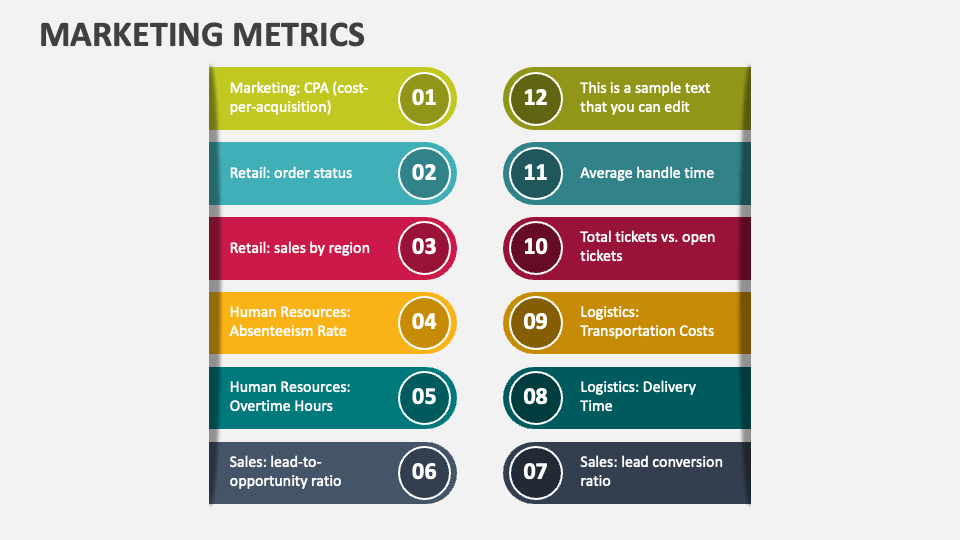Marketing Metrics Include All Of The Following Except
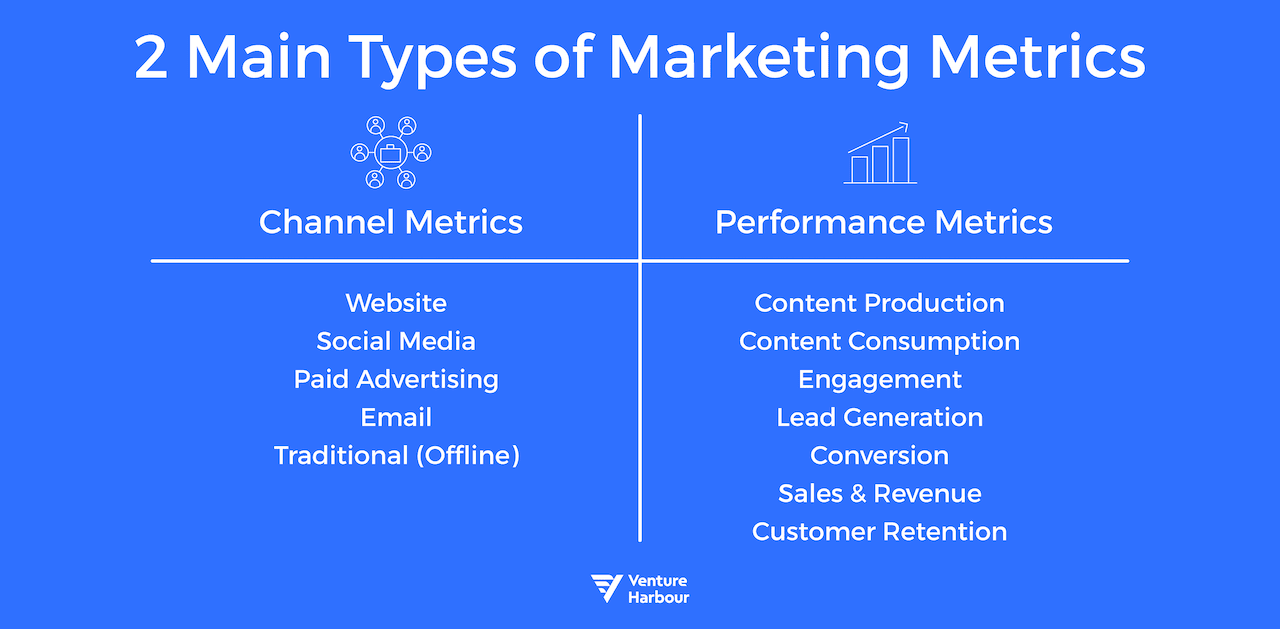
In an era dominated by data-driven decision-making, the selection and accurate interpretation of marketing metrics are paramount. However, the pressure to quantify success can lead to the inclusion of irrelevant or even misleading indicators, clouding the true picture of marketing performance and hindering strategic alignment.
This article delves into the essential marketing metrics that businesses should track, while highlighting the pitfalls of incorporating extraneous or inappropriate data points. It aims to provide a clear framework for marketers to discern between valuable insights and superfluous information, ultimately optimizing their strategies for greater impact.
The Core Metrics of Marketing Success
At its core, effective marketing measurement revolves around understanding customer behavior, brand perception, and return on investment. Key metrics are designed to be actionable, providing insights that can directly inform and improve marketing campaigns.
Some crucial marketing metrics are: Website Traffic, Conversion Rates, Customer Acquisition Cost (CAC), Customer Lifetime Value (CLTV), Return on Ad Spend (ROAS), and Brand Awareness. These are the foundation.
Website Traffic: The Digital Footprint
Website traffic provides a fundamental understanding of audience engagement. Metrics such as page views, unique visitors, bounce rate, and time on site can offer insights into the effectiveness of content and user experience. Analyzing these patterns helps identify opportunities to optimize the website for improved engagement and conversions.
Conversion Rates: Turning Interest into Action
Conversion rates measure the percentage of website visitors who complete a desired action, such as making a purchase, filling out a form, or subscribing to a newsletter. A high conversion rate indicates that marketing efforts are effectively driving leads and sales.
Customer Acquisition Cost (CAC): Efficient Spending
Customer Acquisition Cost (CAC) calculates the total cost of acquiring a new customer. This crucial metric encompasses all marketing and sales expenses associated with attracting new business. A lower CAC indicates greater efficiency in marketing spending.
Customer Lifetime Value (CLTV): Long-Term Profitability
Customer Lifetime Value (CLTV) estimates the total revenue a single customer is expected to generate throughout their relationship with a company. Understanding CLTV enables businesses to make informed decisions about customer acquisition and retention strategies, optimizing for long-term profitability.
Return on Ad Spend (ROAS): Advertising Effectiveness
Return on Ad Spend (ROAS) measures the revenue generated for every dollar spent on advertising. This metric provides a direct assessment of the effectiveness of advertising campaigns, allowing marketers to optimize ad spend and maximize ROI. Analyzing ROAS at the campaign level allows for precise targeting of resources.
Brand Awareness: Reaching Your Audience
Brand awareness measures the extent to which a brand is recognized and remembered by its target audience. Metrics such as social media mentions, search volume, and share of voice can be used to assess brand awareness. A strong brand awareness is essential for building trust and driving customer loyalty.
Metrics to Avoid: The Pitfalls of Misguided Measurement
While a plethora of data points are available, not all are relevant or useful for evaluating marketing performance. Focusing on vanity metrics or irrelevant data can distract from the true drivers of success, leading to misinformed decisions and wasted resources.
Metrics that should be approached with caution (or avoided) include: Raw Social Media Followers, Website Visits from Unqualified Sources, Gross Revenue without Profit Margin.
Raw Social Media Followers: Quality over Quantity
While a large social media following may seem impressive, the raw number of followers is often a vanity metric. The true value lies in the engagement and quality of the followers, not just their quantity. Focusing on engagement rates, click-through rates, and conversions generated from social media is more meaningful.
Website Visits from Unqualified Sources: Irrelevant Traffic
An increase in website traffic is generally positive, but it's important to analyze the source of that traffic. Visits from unqualified sources, such as bots or irrelevant referrals, do not contribute to business goals and can skew overall performance data. Focus on attracting targeted traffic from qualified sources.
Gross Revenue without Profit Margin: Misleading Figures
While gross revenue is a key indicator of sales, it doesn't provide a complete picture of profitability. Failing to consider profit margins can lead to misleading conclusions about the effectiveness of marketing efforts. It is essential to always consider profit margins.
The Importance of Context and Alignment
The effectiveness of marketing metrics is highly dependent on context and alignment with overall business objectives. What works for one company may not work for another, and even within the same company, different metrics may be more relevant at different stages of the marketing funnel.
Furthermore, marketing metrics should be aligned with the broader strategic goals of the organization. This ensures that marketing efforts are contributing to the overall success of the business.
"The key is not to measure everything, but to measure what matters." - Anonymous Marketing Expert
This is the essence of effective marketing measurement.
Conclusion: The Path to Data-Driven Marketing Excellence
Navigating the complex landscape of marketing metrics requires a discerning eye and a clear understanding of business objectives. By focusing on core metrics that provide actionable insights and avoiding the pitfalls of irrelevant data, marketers can optimize their strategies, drive better results, and contribute to the overall success of their organizations.
The future of marketing lies in data-driven decision-making, but only when that data is carefully selected, accurately interpreted, and strategically aligned. Ultimately, a focus on meaningful metrics is the key to unlocking true marketing excellence.
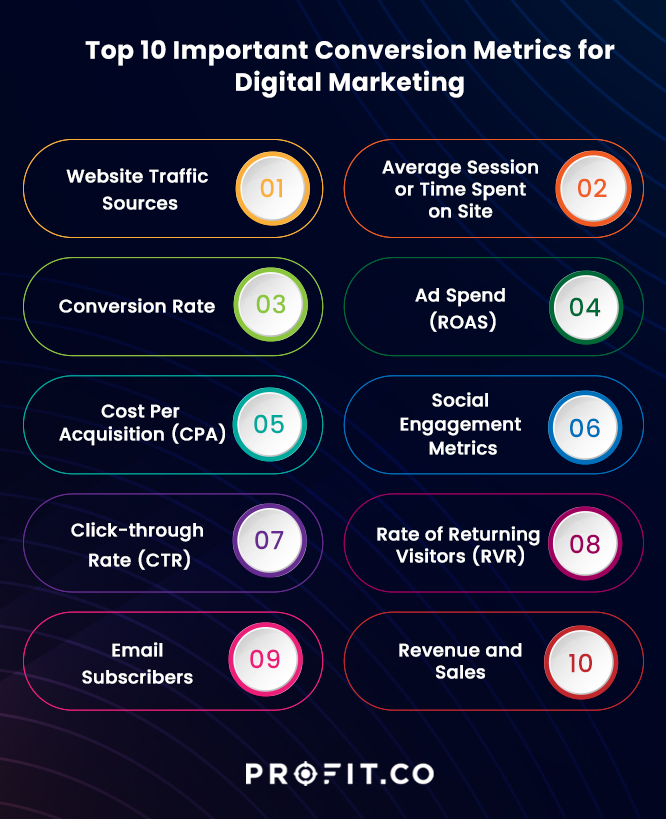

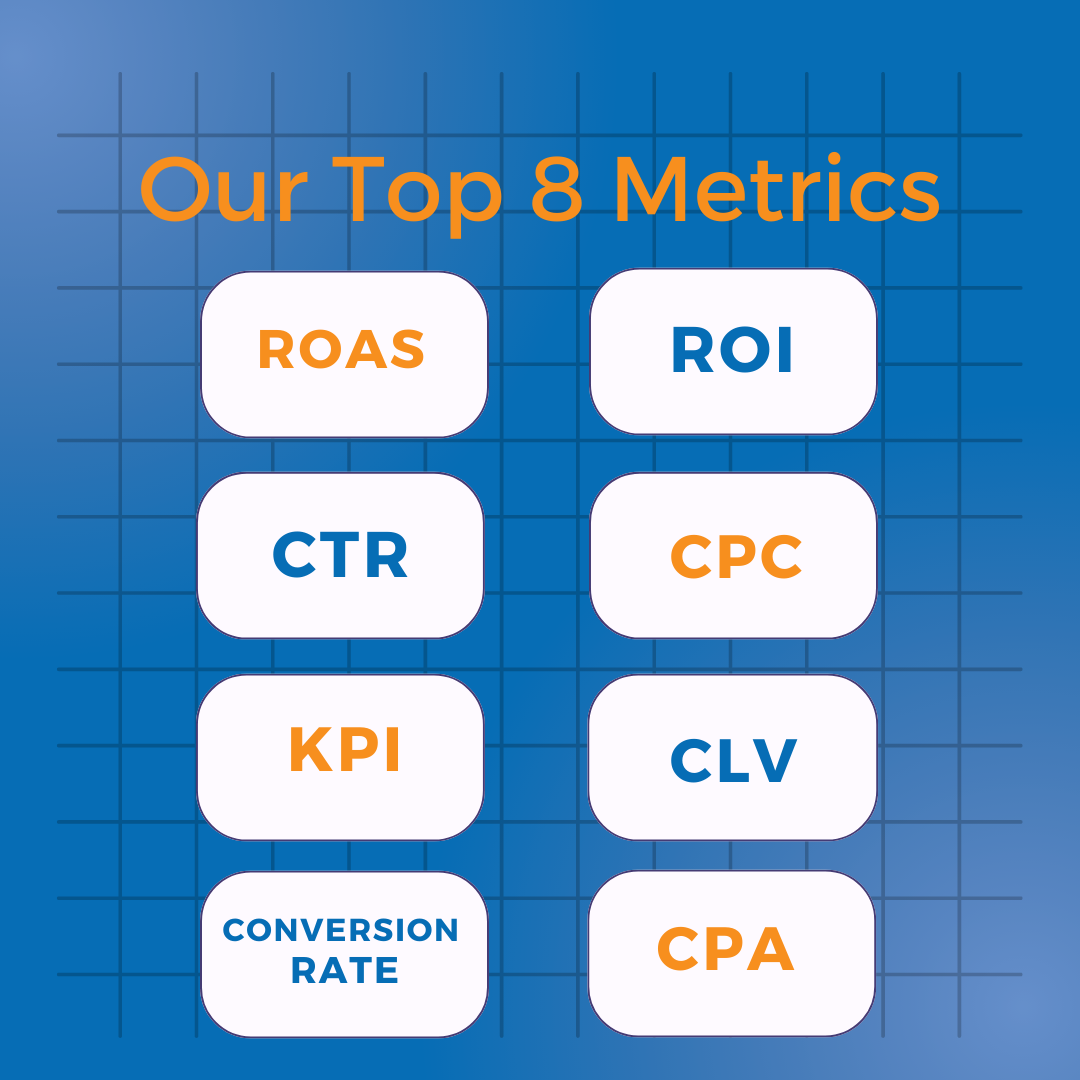
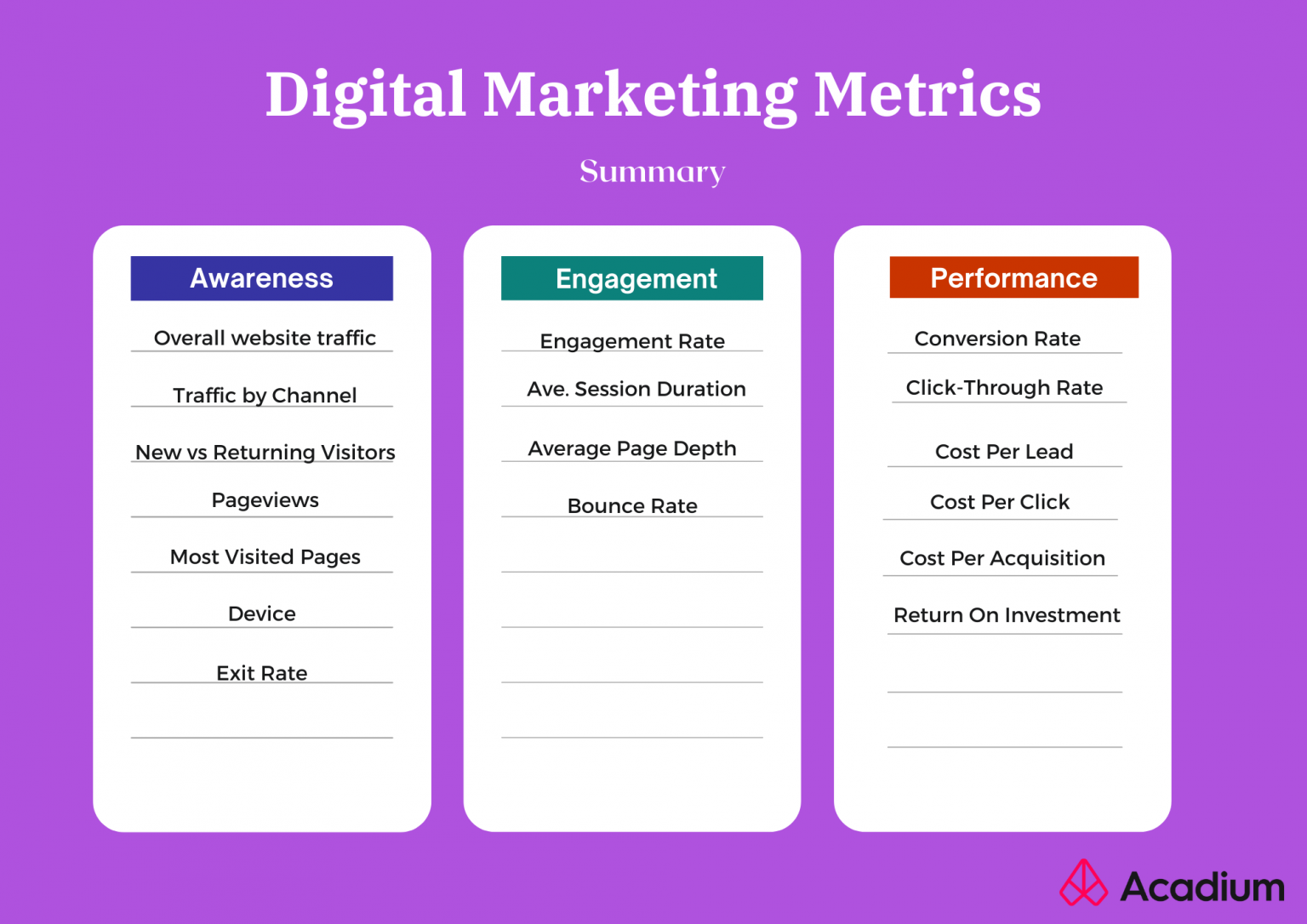
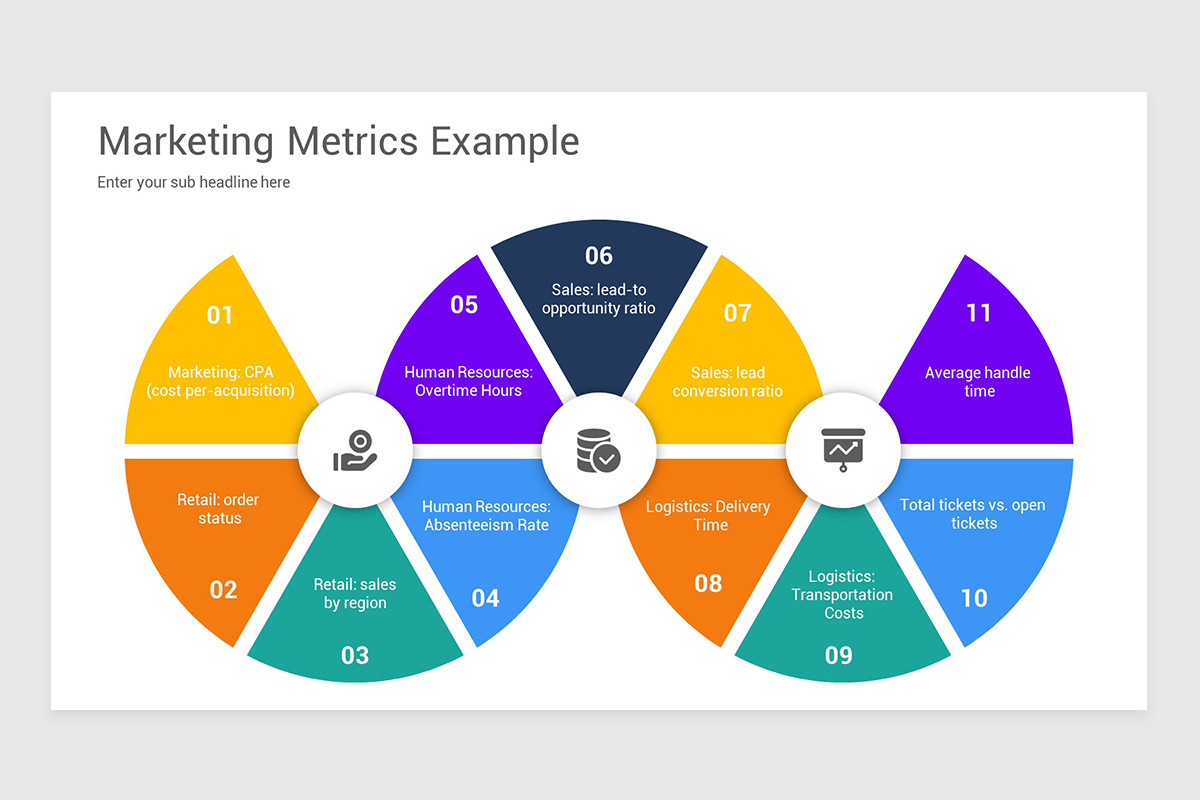
![Marketing Metrics Include All Of The Following Except Marketing Metrics: A Beginner’s Guide [Examples]](https://martech360.b-cdn.net/wp-content/uploads/2024/02/Marketing-Metrics-01.jpg)
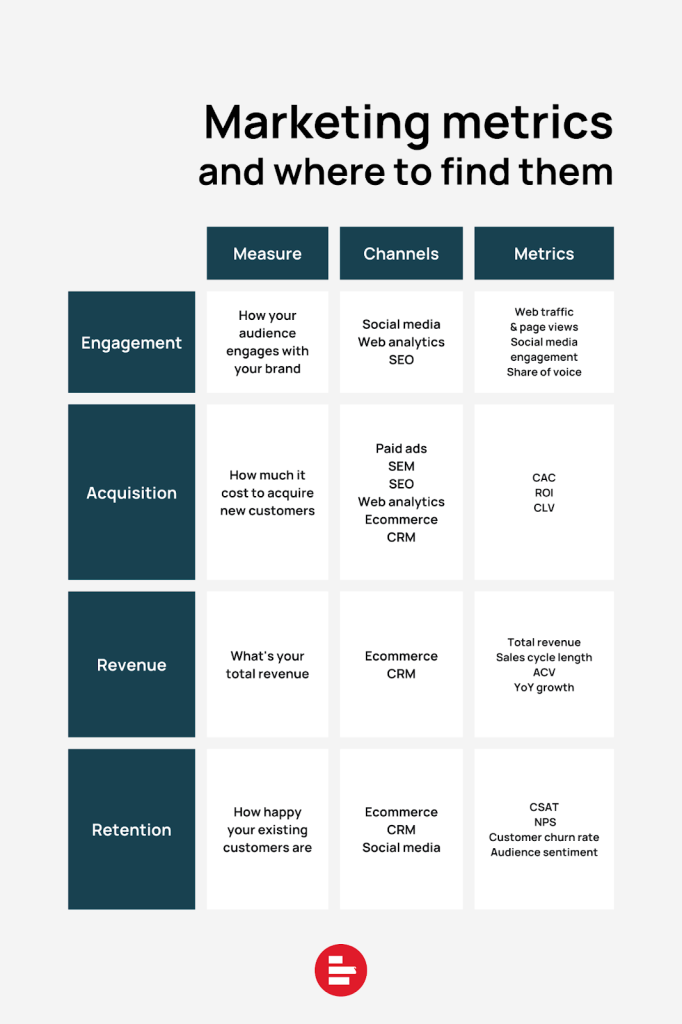

![Marketing Metrics Include All Of The Following Except Marketing Metrics: A Beginner’s Guide [Examples]](https://martech360.com/wp-content/uploads/2024/02/Marketing-Metrics-02-1.jpg)
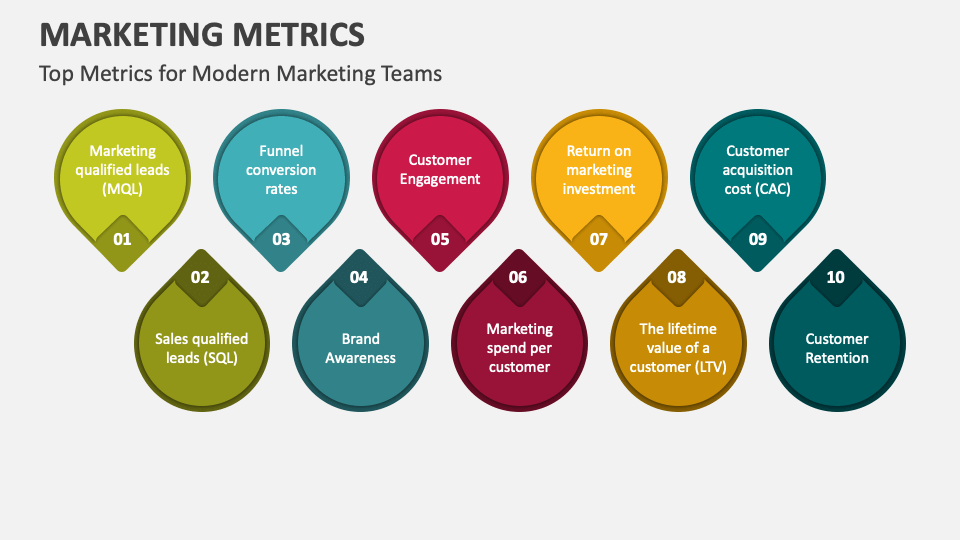
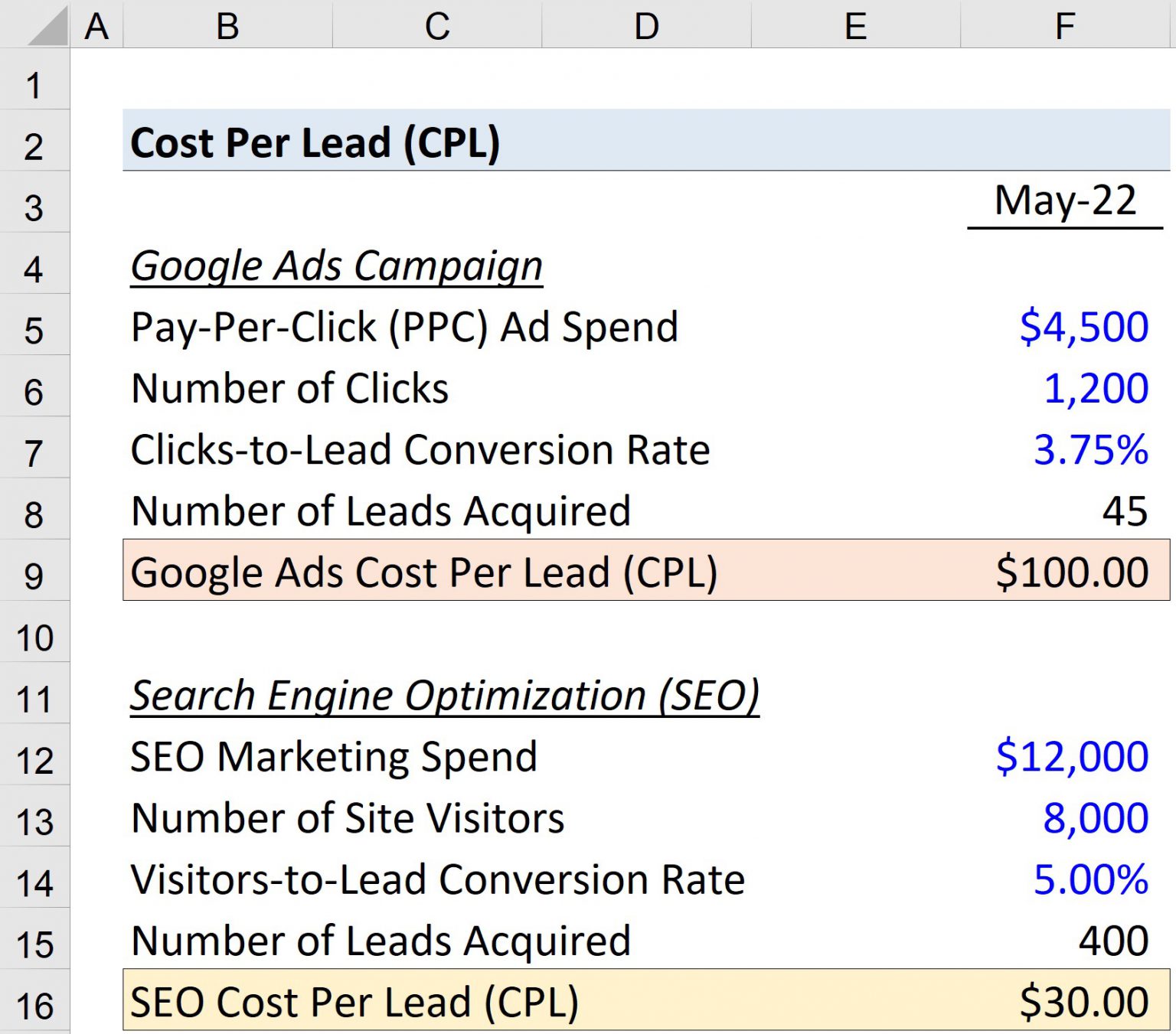
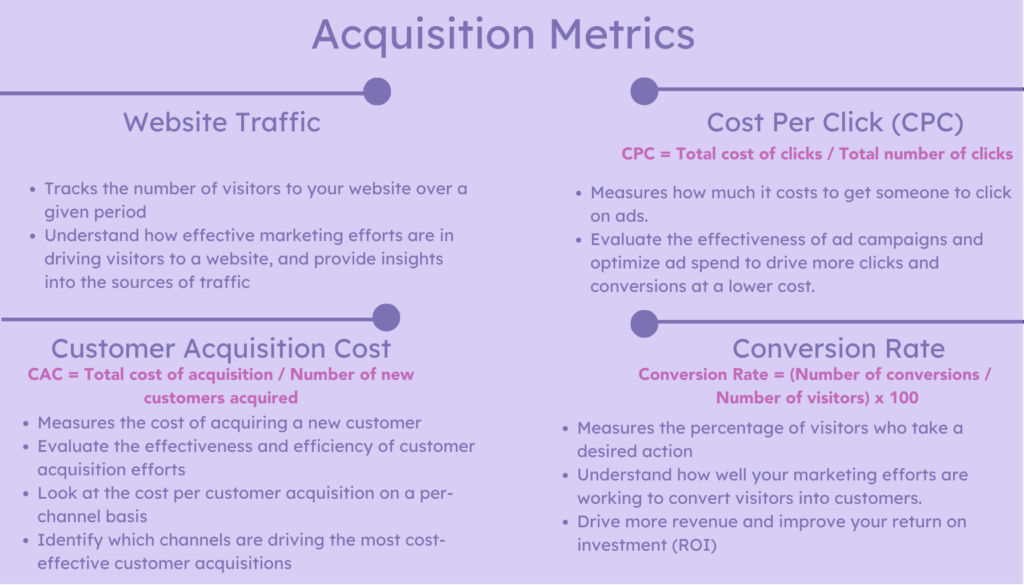
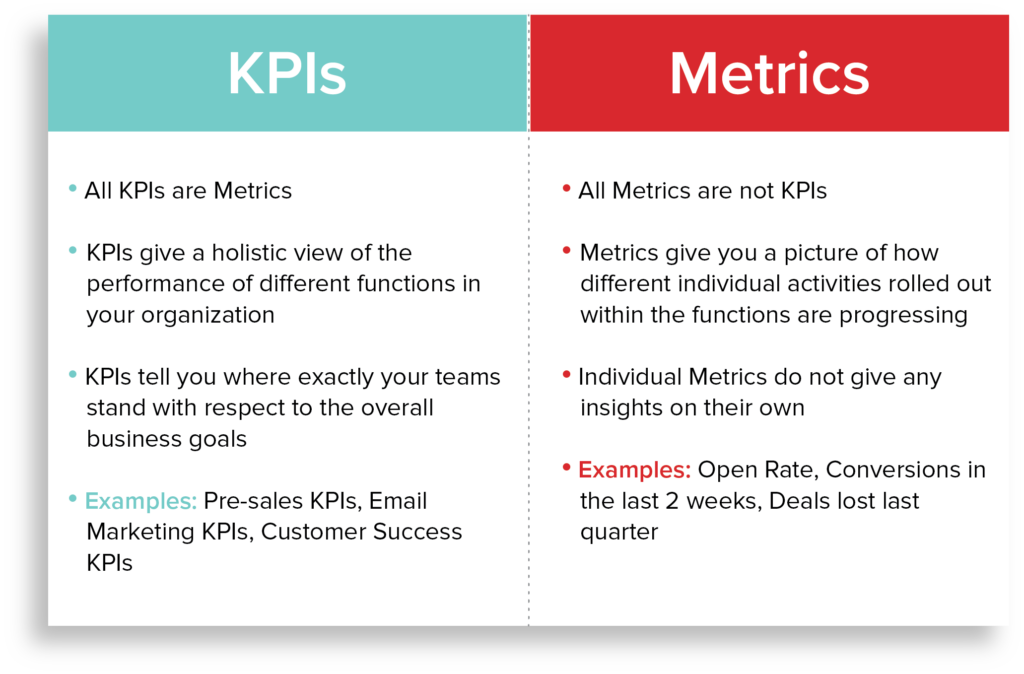
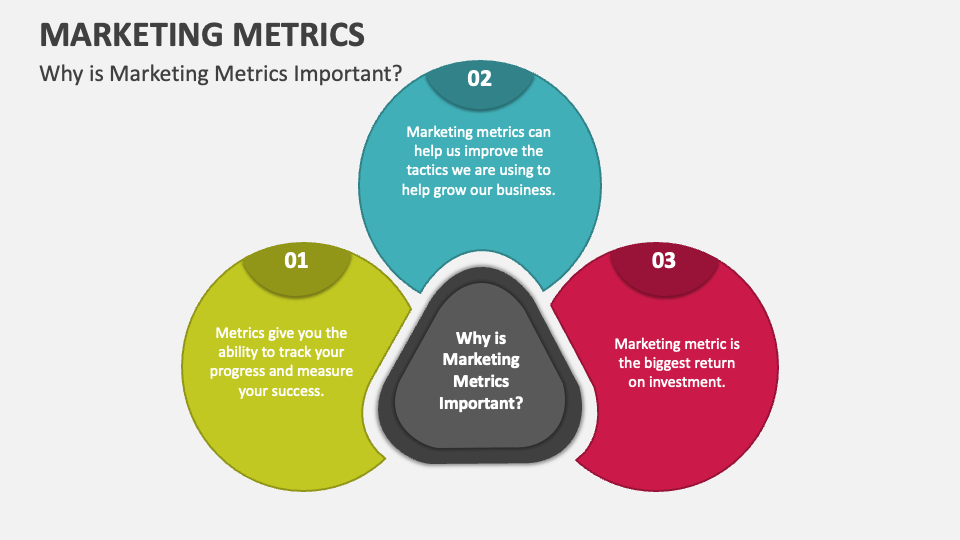
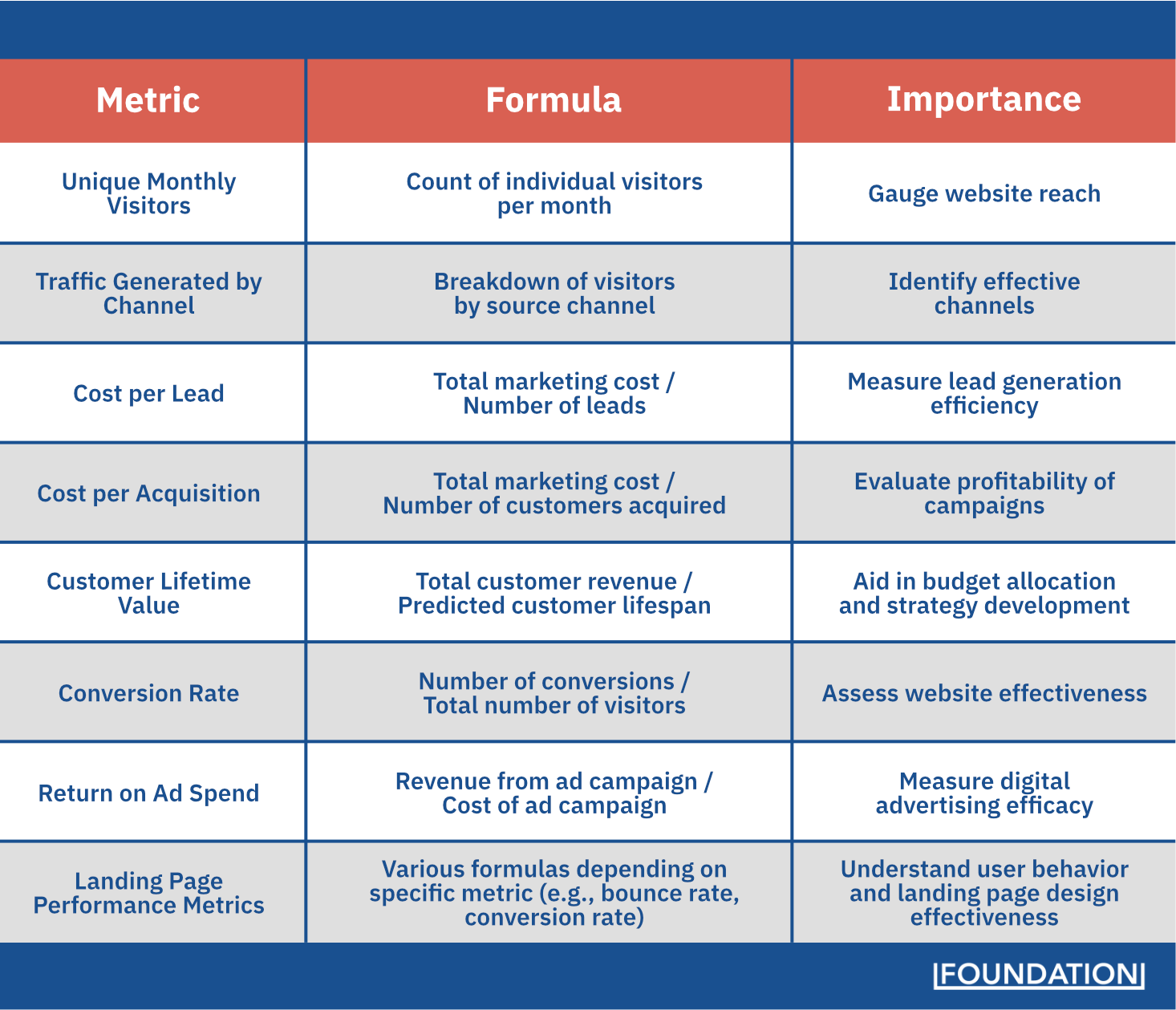
![Marketing Metrics Include All Of The Following Except Marketing Metrics: A Beginner’s Guide [Examples]](https://martech360.com/wp-content/uploads/2024/02/Marketing-Metrics-03.jpg)
